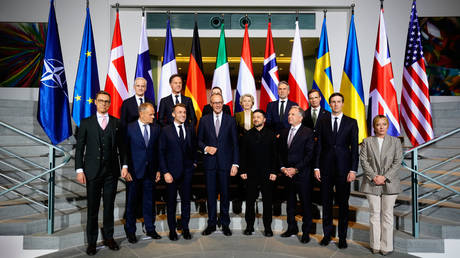
A new report has warned that civil unrest and armed conflict is posing a risk to more than 200 threatened animal species across the globe, as military activity ruins ecosystems and disrupts the environment.
Looking at the link between nature and military activity, the report by the International Union for Conservation of Nature (IUCN) highlighted how the prevalence of armed conflict in the world’s more biodiverse areas is taking a significant toll on the environment, threatening at-risk species.
Titled ‘Nature in a Globalised World: Conflict and Conservation’, the paper warns that “wars devastate not only lives, but also the natural environment.”
The report found that while conflict takes a terrible toll on the environment, places where nature has been eroded are also more likely to be sites of violence as people compete for depleting resources.
Publishing the report, IUCN’s Director General, Dr Bruno Oberle, acknowledged “there are no simple solutions”, but called on governments to take actionable steps to both conserve nature and, at the same time, promote peace.
The agency’s chief economist, Juha Siikamaki, said the findings “suggest that conservation, restoration and sustainable management of natural resources can help reduce the pressures that drive conflict by improving the condition and productivity of the landscape.”
Part of the IUCN’s concerns examined the regions where armed conflicts are more likely to occur, finding that they are more frequent in regions where critically-endangered species are likely to be native, putting the continued existence of threatened animals, such as the eastern gorilla and elephant species, at risk.
The group’s report found that violent conflict often damages ecosystems through its direct impact on wildlife that are killed for trade or food, as well due to the destruction of the environment. This violence also hampers existing conservation projects because of fears for the safety of staff working in those areas.
The IUCN set up ‘the Red List’ in the 1960s to monitor global biodiversity and threatened species. Currently, the group lists more than 37,400 species as being at risk of extinction – more than a quarter of all recognized species.
Think your friends would be interested? Share this story!




